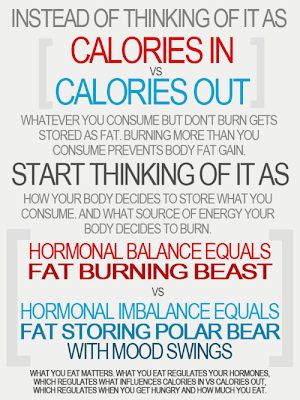So winter is here. Yes it's miserable out there right now and motivation can flounder at this time of year much easier. A strong mind and will is one thing, but what if you get a nasty bout of flu putting you out of action. We don't want that.... and neither do you!
Most of us will probably have a cold this winter and
some of us will have flu. Find out how to look after yourself if these
viruses affect you.
The main symptoms of winter bugs are coughing, sneezing, blocked nose, sore throat, headache and a slight temperature. If these are the only symptoms you have, it’s unlikely that your GP will be able to do anything.
You may want to visit your local pharmacy, where you can get advice on how to manage the symptoms and buy over-the-counter medicine.
Get rest and eat well
Dr Rupal Shah, a GP in south London, has the following advice: “Try
to rest, eat well, avoid stress and keep well hydrated. If you have a
fever, you may need extra fluids. You could also take paracetamol to
treat fever and pain, or inhale steam with a decongestant in it to help
clear a blocked nose.”
Pharmacists say cold and flu medicines are among their top sellers in
the winter. Some of the remedies combine painkillers with
decongestants, which help to manage symptoms.
“Painkillers, such as paracetamol, ibuprofen and aspirin, can really
help if you have a cold,” according to pharmacist Angela Chalmers. But
aspirin shouldn't be given to children under 16 years of age.
“Decongestants help to reduce the swelling inside your nose so you can
breathe more easily.” Find your local pharmacy.
Children can also be treated using over-the-counter painkillers to
ease discomfort and help to bring down a fever. Both paracetamol and
ibuprofen are available as a liquid for children and can be given from
the age of about three months. Always check with your doctor if you
aren’t sure which treatments you can give your child.
In most cases, antibiotics (which are used to treat bacterial
infections) aren’t necessary. “Colds and flu, and most coughs, are
caused by viruses so antibiotics can’t help. Minor bacterial infections
will also be fought off by natural immunity,” explains Dr Shah.
Children and colds
There are some benefits, particularly for children, in catching a few
coughs and colds. “Children tend to get a lot of colds because the body
takes time to build up immunity. Your body learns to fight off a
particular kind of virus every time you get an infection, which is why
you get fewer colds as you get older," says Angela Chalmers.
While most bugs will run their course without doing any real harm, Dr
Shah says there are certain cases when you or your child should see a
GP. These include:
- if you or your child has a chronic condition such as asthma, diabetes or heart disease
- if you have a very high temperature and feel ill, for example if you also have an unusually severe headache or abdominal pain
- if your child is vomiting but does not have diarrhoea, or has a rash in addition to the fever
- if your child stops drinking and is unusually lethargic
- if your child’s fever doesn’t respond to paracetamol or ibuprofen
Babies, and older and frailer people should get help if they're
unwell. All babies under three months with a temperature of more than
38°C (100.4°F) should be urgently assessed by a doctor, as should babies
aged three to six months with a temperature higher than 39°C (102.2°F).
Feel free to post your opinion on this topic.
If you like this post please use the buttons below to share it with others.
Also don't forget to join the "Your Health Kick" newsletter.
Check out this Video explaining why it's so difficult to lose weight, especially for women!
Check out this Video explaining why it's so difficult to lose weight, especially for women!



















